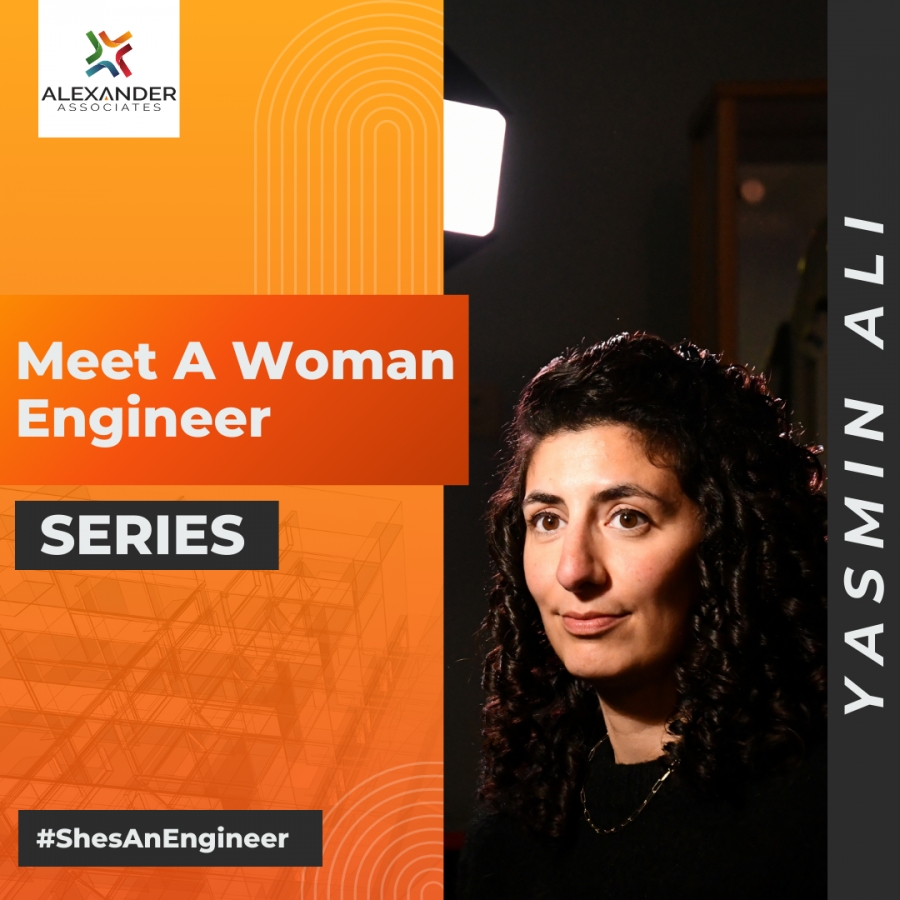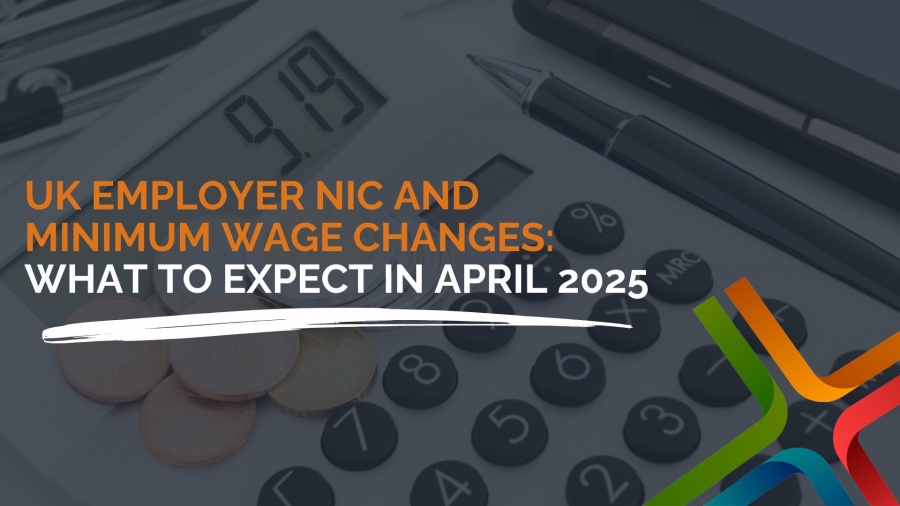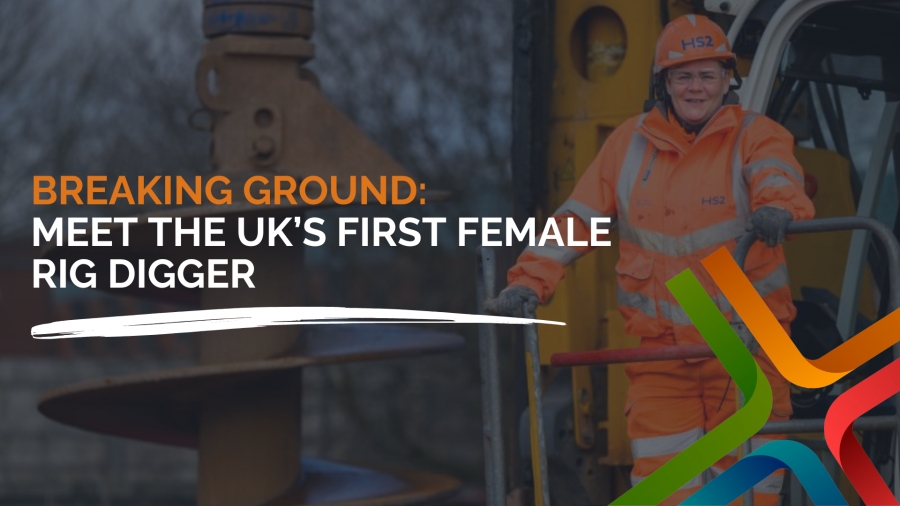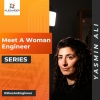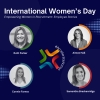Kat Parsons is the Head of Diversity, Inclusion and Belonging UK and Ireland at ISS Facility Services, a position earned after a successful, and hard-won engineering career.
But perhaps, more specifically, from the experiences and lessons she collected while travelling this path. One not unfamiliar to many female engineers. In this blog, we learn more about what she has overcome to get to where she is today as a woman in engineering.
What Was the Spark that Lit Kat’s Engineering Bug?
When Kat began looking at her university study options, she tried to find something that sparked her academic interests while being connected to her desire to have an active career.
“As I was having a flick through the prospectus, I saw an image of a consultant taking water samples. I was like, that’s me!”
She enrolled at Lancaster University to study Environmental Science: a nice mix of all her interests.
During her studies, Kat did a couple of work placements to gain some experience. She used this time to refine the vision she held for her career, or as she put it, apply a “temperature check”. On a 6-week placement with an Environmental Consultancy, Kat thought, “I really see myself here – hard hats, overalls on. This is what I want to do.”
The Work Begins
After graduating, much of Kat’s work focussed on flood risk. But when her role started to touch on work with contaminated land, she got excited. At this point, Kat joined a bigger firm and moved into Project Management in land contamination. "I was in the field, five days a week. I realised that this was the work I really enjoyed, that ‘logistical, last minute, quick we need someone’ work.”
What became apparent was that she was more valuable in the office, working on the backend of site management, so she embarked on a route that would see her attempt to ascend the company ladder, one that she had to work hard to climb!
Challenges of the Climb
Kat managed to move from her graduate status to a more senior position quickly, citing her logistics and project management skills as having supported her progression.
Over the course of 10 years, Kat reached what she describes as a plateau, trapped in middle management with no clear sign that she would get to where she wanted to despite demonstrating her worth over and over.
Goals and Visible Role Models?
When considering goals and role models, Kat acknowledges that “It was quite tricky. Female engineers already in the business were very technical, but I was more of an all-rounder. It almost felt like my skill set was holding me back because I wasn’t ticking the technical box. Men with fewer skills would always get promoted ahead of me, which was quite frustrating.”
Coping With Gender Inequality
Kat admits that she opted to get tough to match the nature of the male-dominated sector, reflecting that she went to great lengths to demonstrate her capabilities above and beyond what was expected of others. Kat realised she would need to move on to find the promotion she deserved.
Fighting for Equal Pay
When we raised the topic of equal pay, Kat faced this issue a lot.“Whispers of what people were being paid versus what I was being paid. That was always pretty tough.”
To ensure she’s being equally paid for her skillset, it’s one of the first things she looks into—an unfortunate reality for women in engineering and a product of being a victim of pay inequality.
Kat eventually moved and embarked on a different career path, feeling she got pushed to make the decision by the limitations of her Engineering career. “I reflected on my career and realised I wasn’t happy. I was very stressed, and my work-life balance was horrendous, so I decided to change industry completely and move into Facilities Management.”
Appealing Factors
Kat entered Facilities Management in a Health and Safety role. She knew nothing about the industry but found space she enjoyed.
As part of this new role, Kat worked on some health-focused projects, including her acclaimed project on Menopause. “That got picked up and I was asked to be the Head of Diversity and Equality for the UK and Ireland. A position I originally said no to! I thought I couldn’t do that. This new role required empathy that I thought I didn’t have. With some self-reflection, I realised I had bucketloads of empathy. I knew I could make a real difference.”
Dismantling an Ingrained Culture
Discussing that much needs to be done to change how companies support their people, Kat notes, “It’s very much cultural. Working on construction sites, it was either men swearing their heads off or refusing to swear in front of me. Either way, I would do something to fit in.
It was difficult at the time, but I think it’s quite a skill to adapt how you talk to a group of people. Going onto a site, my whole demeanour would change. In the first few minutes, I knew I needed to say something to prove I wasn’t a feeble woman. Something to prove I deserved to be there.”
Has it Changed?
“I always remember the toilets being horrendous. A surveyor I talked to last week said she doesn't drink from when she gets up to the end of her shift so that she doesn’t have to use the facilities. Essentially, women’s basic needs are still not being met."
On the flip side of that, a company Kat worked for implemented a Menopause policy, which is new and fantastic for the business and the women who come after her. Women in senior positions leave the industry because they’re not getting the support they need to deal with the anxiety, stress, and depression associated with fluctuating hormones.
Honest Reflection
So, what does Kat think about the industry as a whole?
“Looking back on my career in Construction and Engineering, I remember the good bits. I absolutely loved it! I got to see parts of the country I never would’ve seen. I met thousands and thousands of people. I wouldn’t change it. Yes, it was hard, but I think that’s made me who I am today.”
Women are a force of nature in the engineering world, and if you want to find more opportunities here then speaking to the teamat Alexander Associates could be the best thing that you do for your career.


